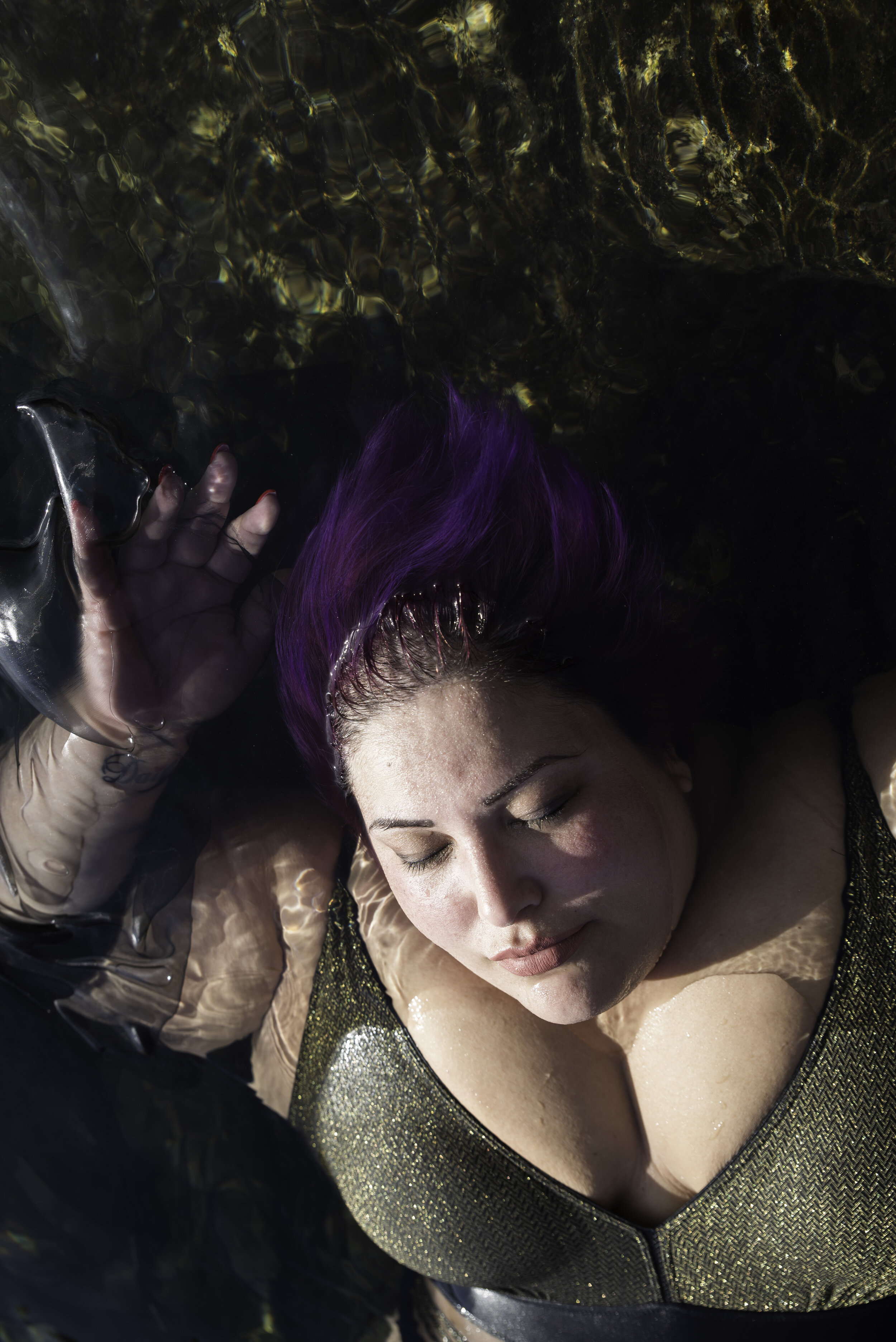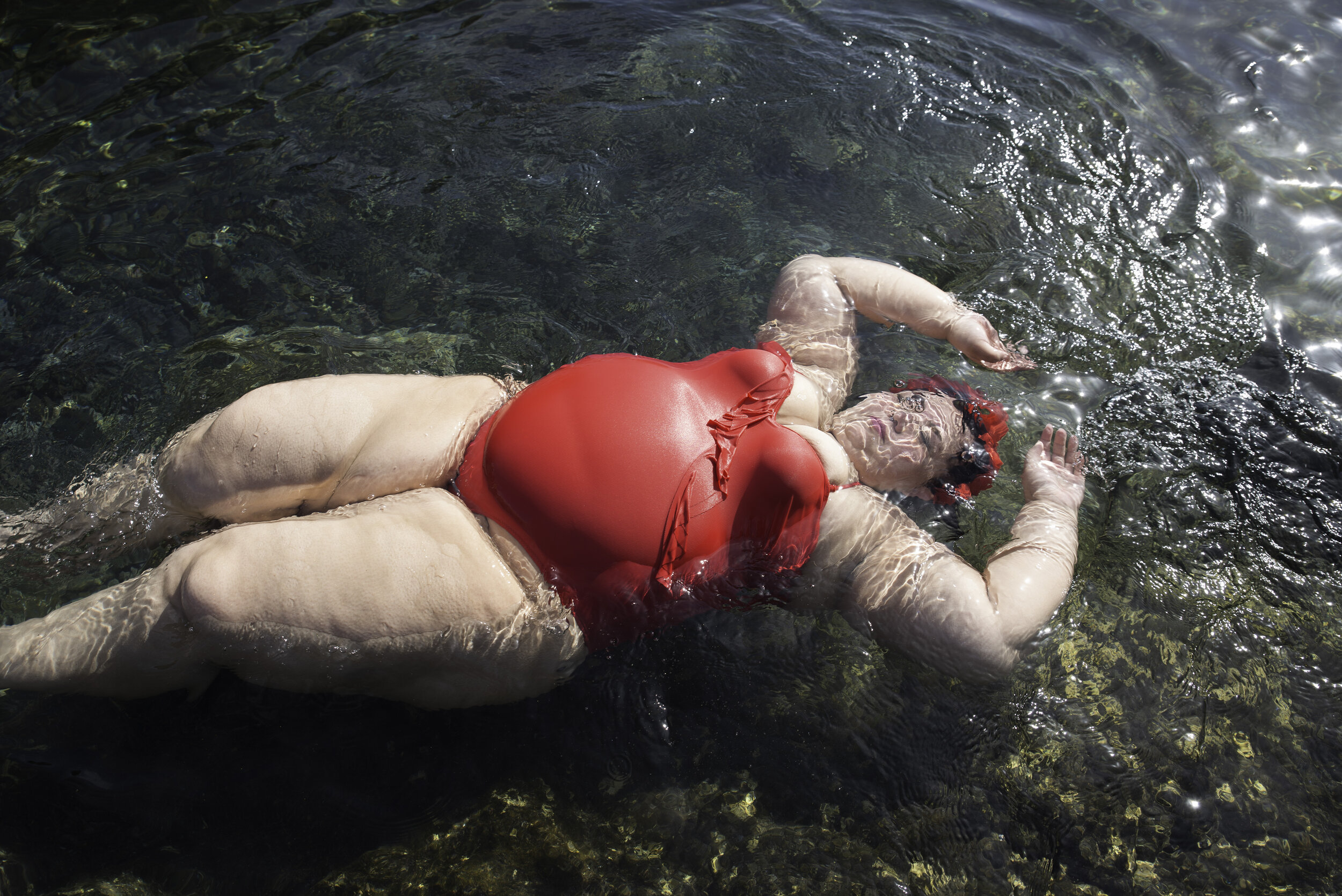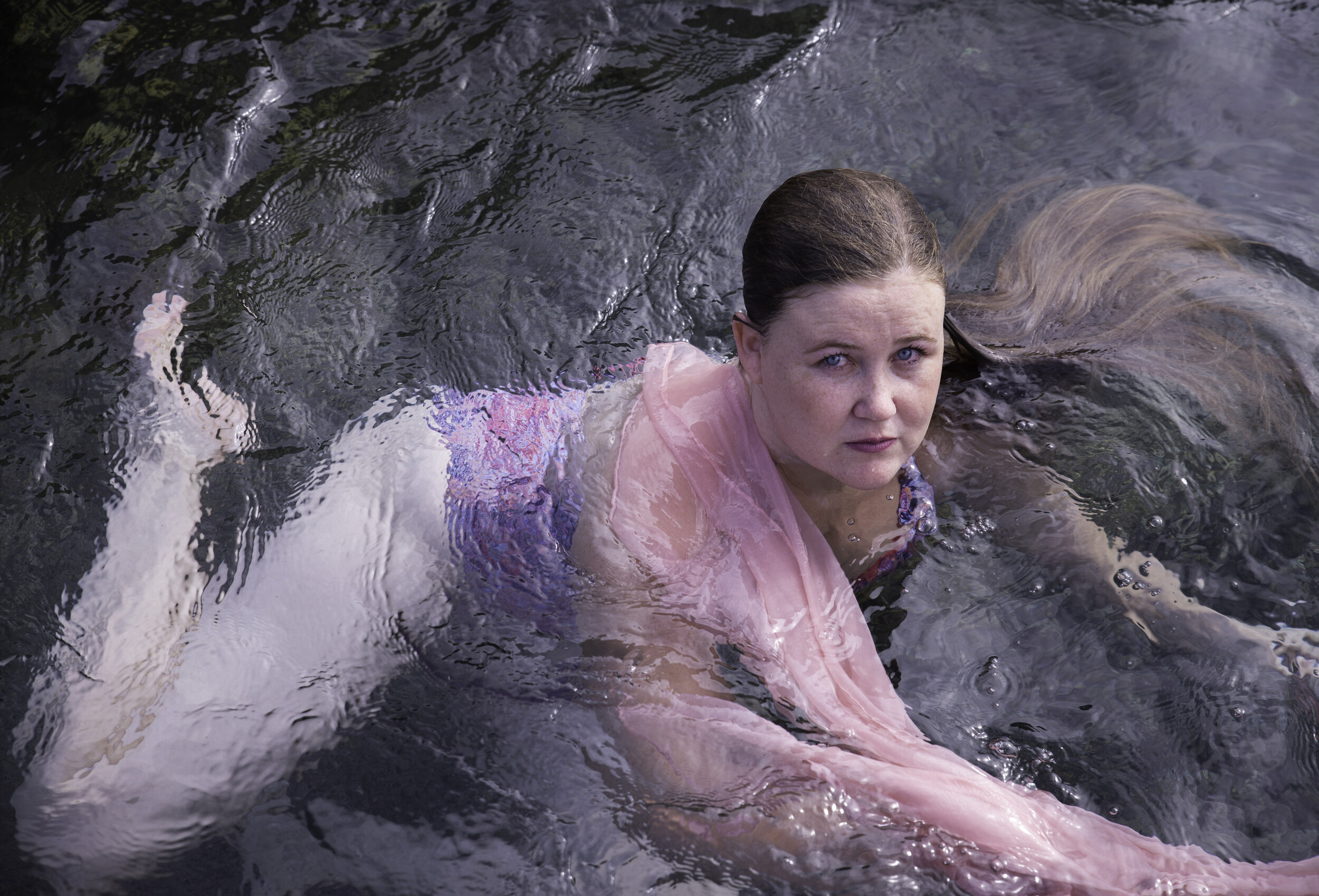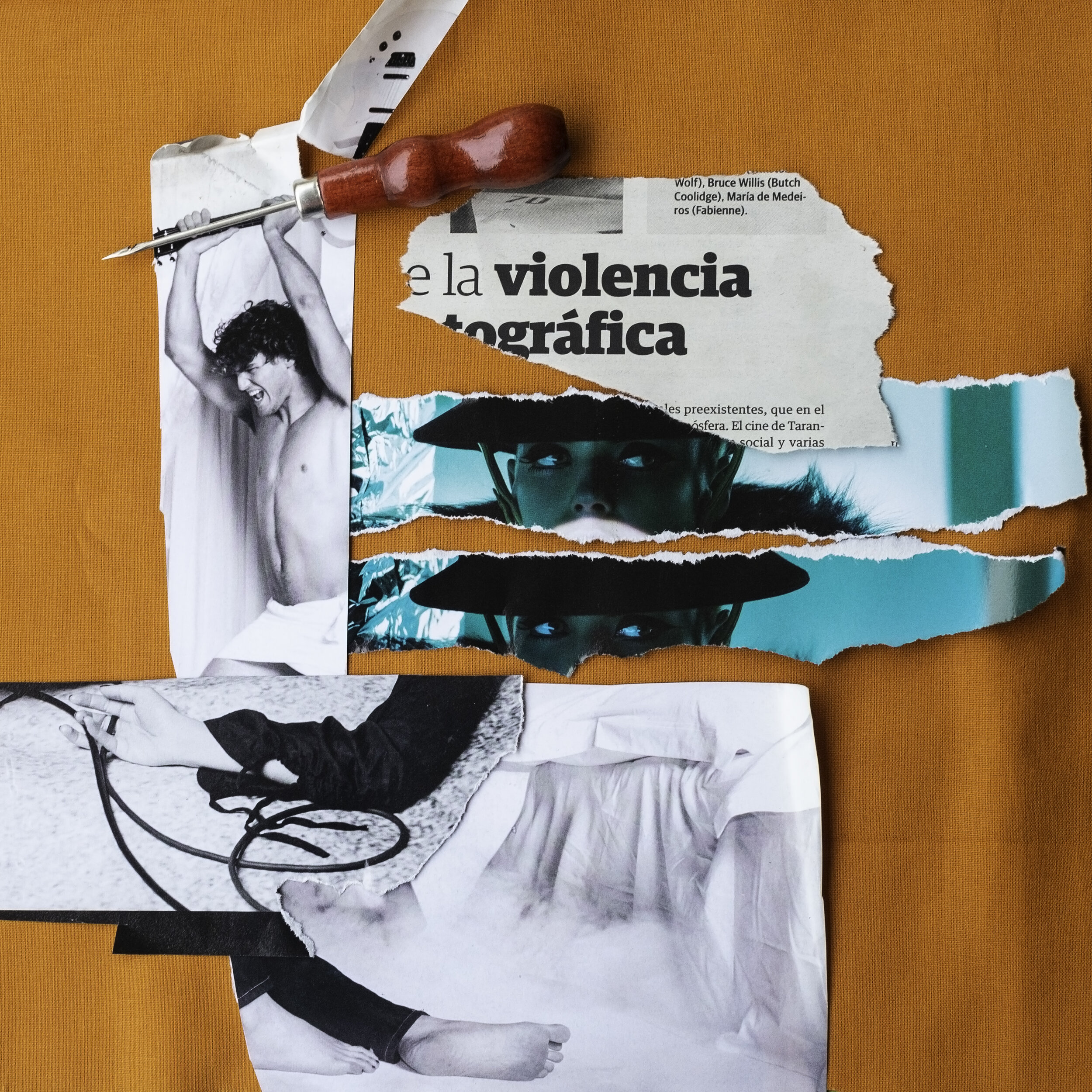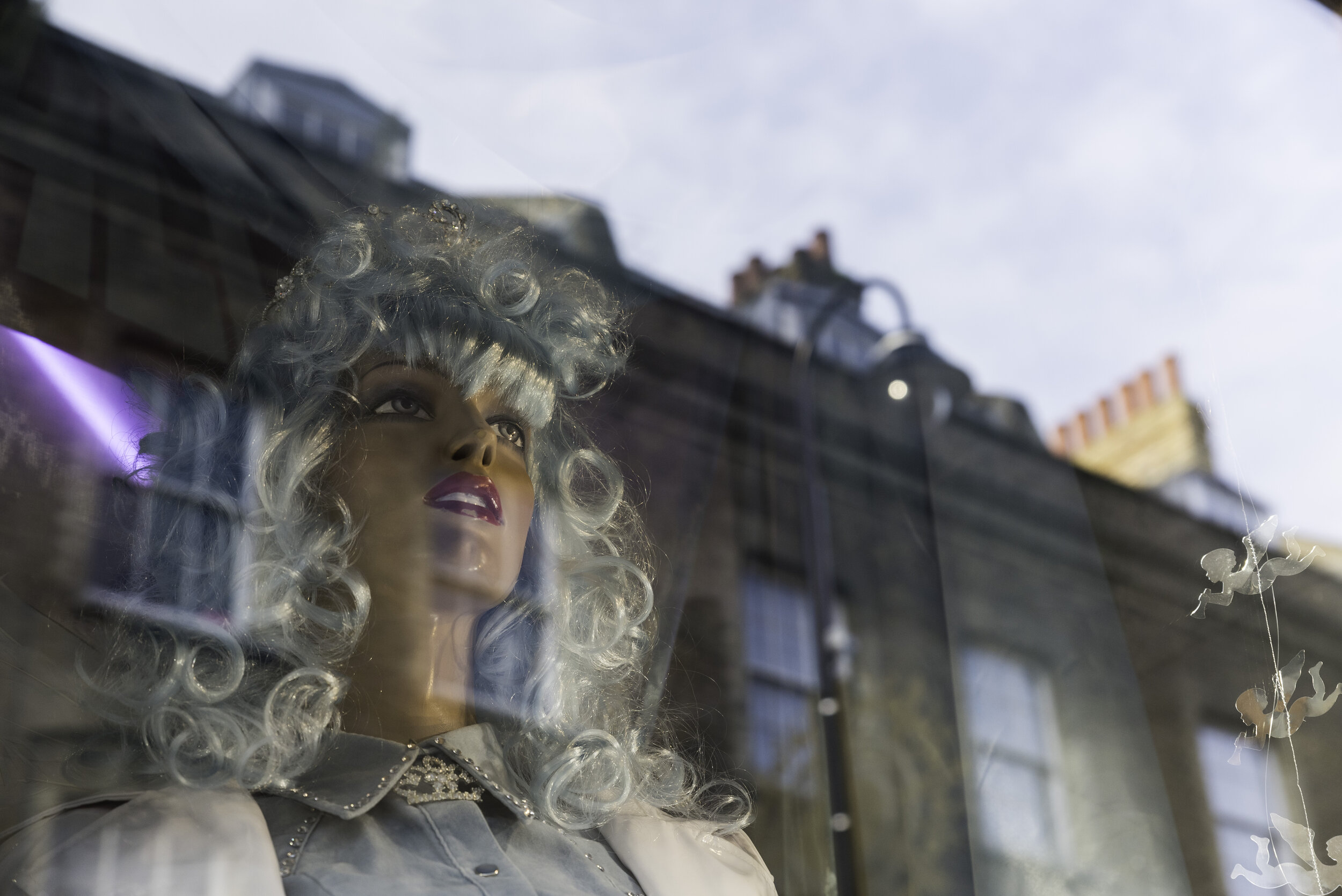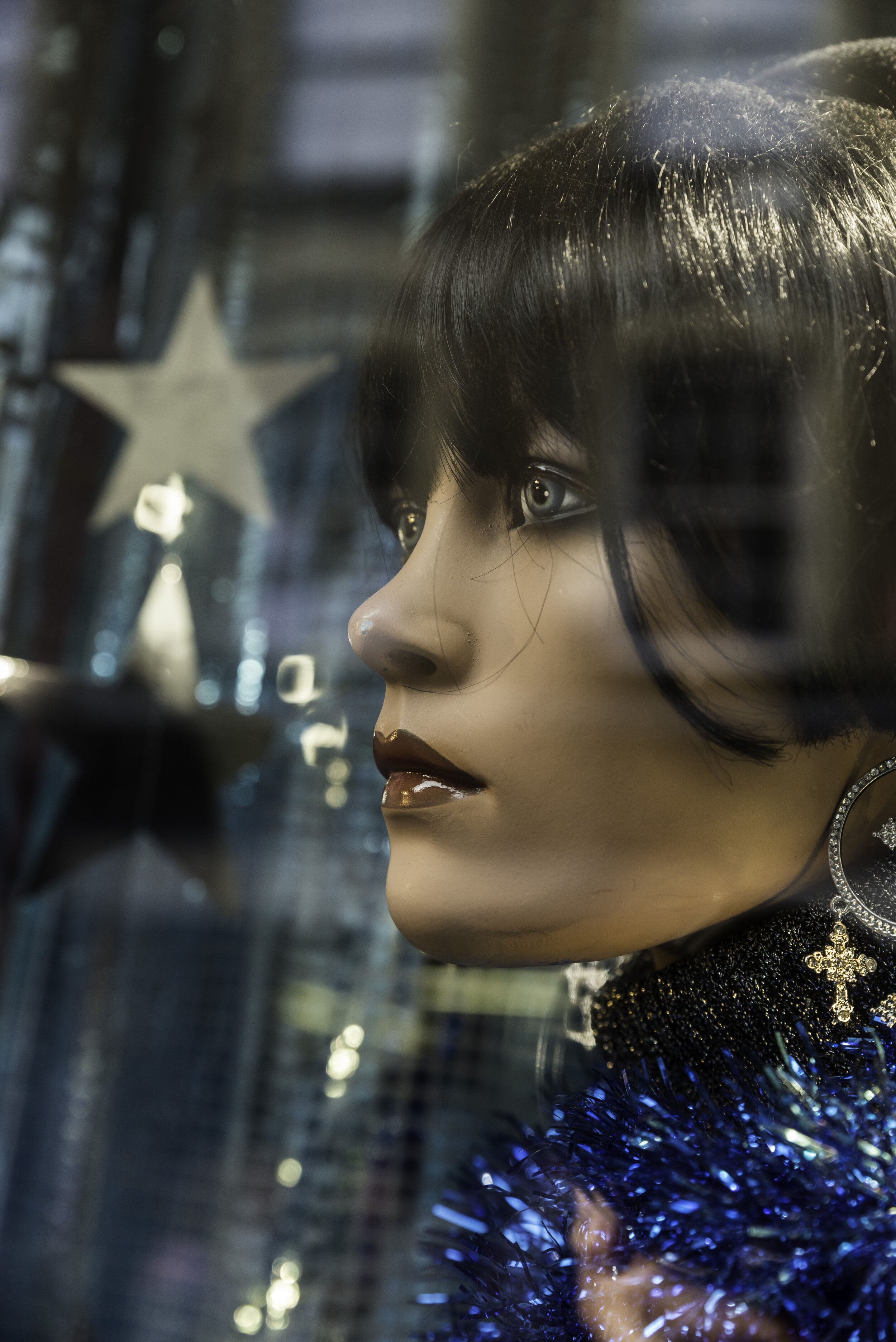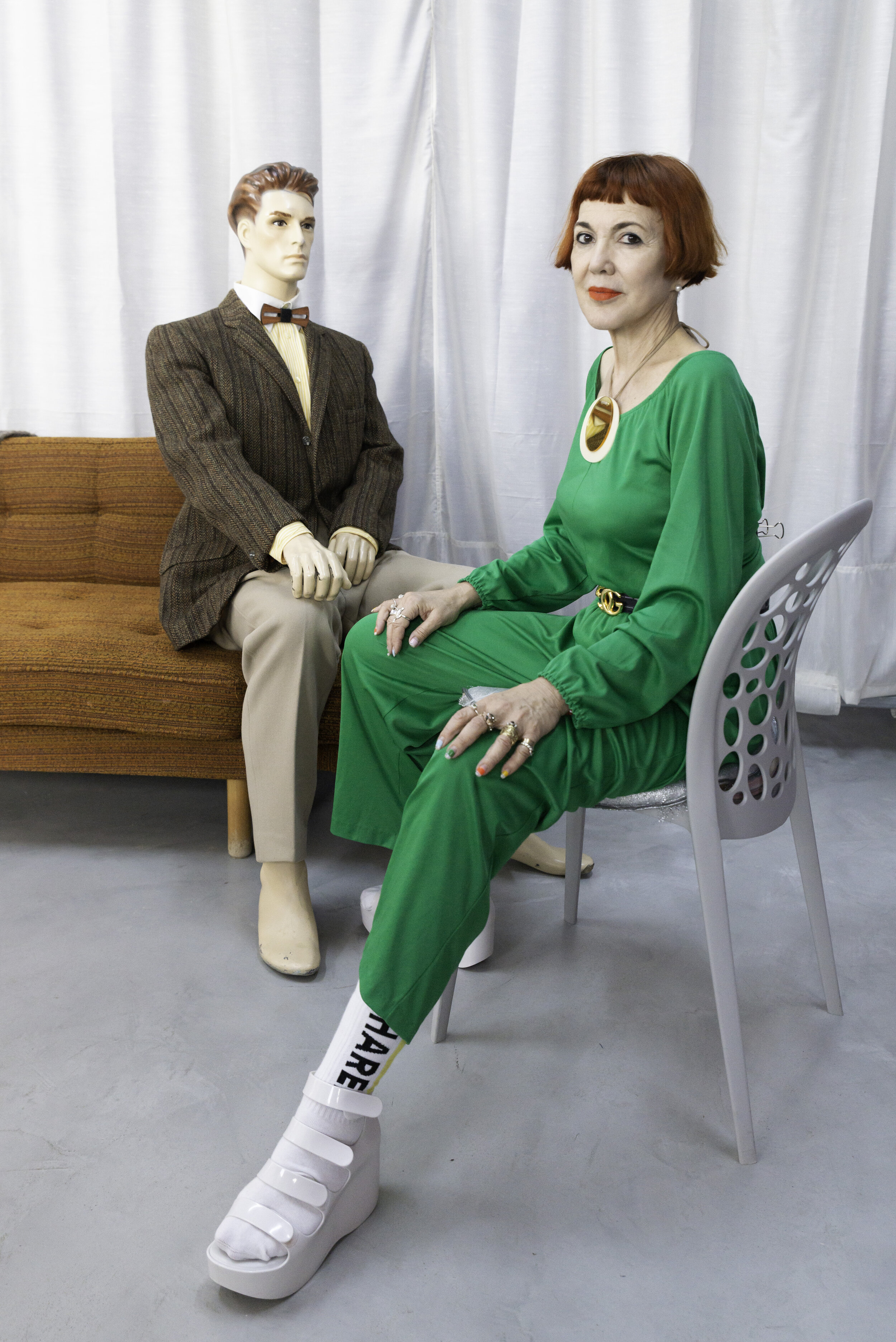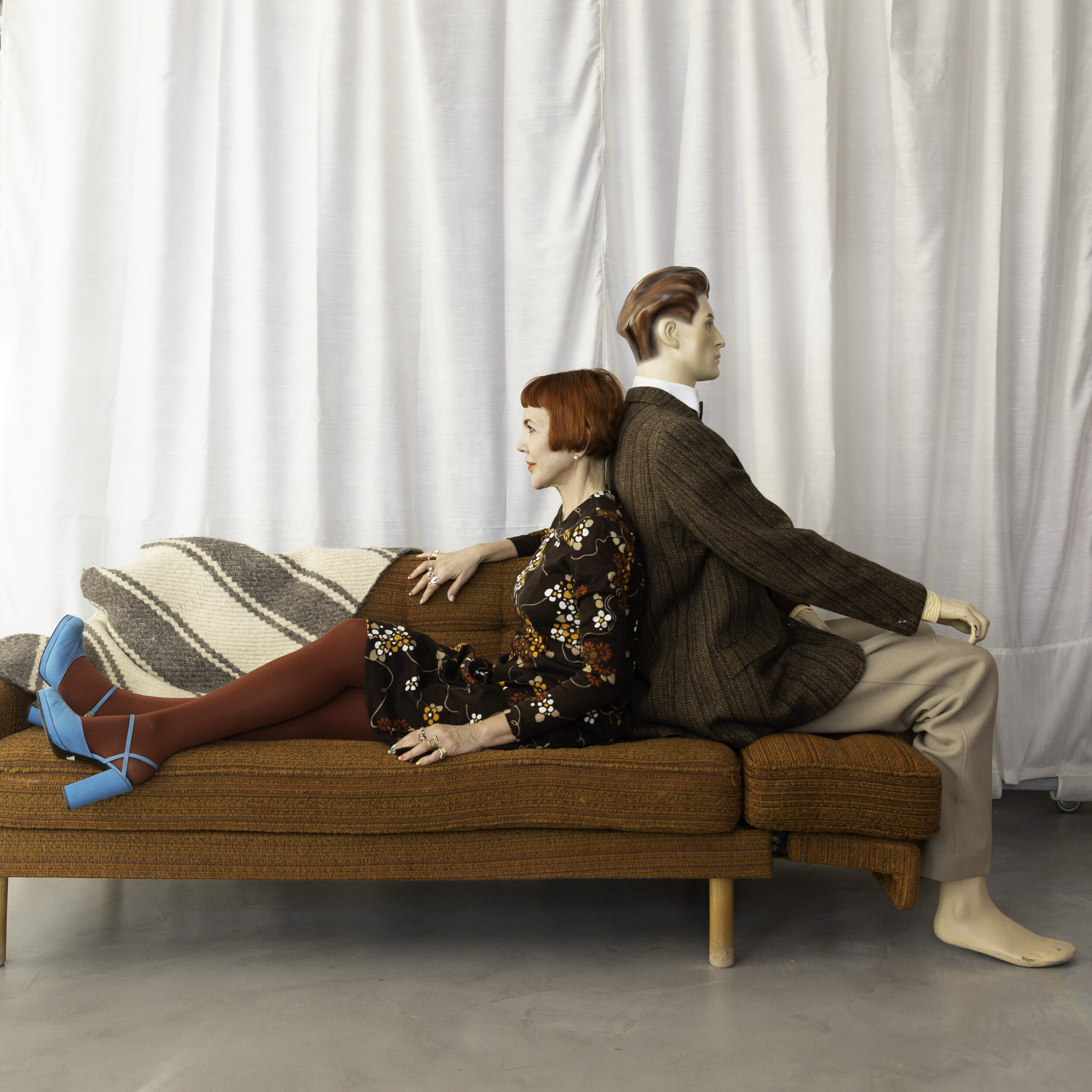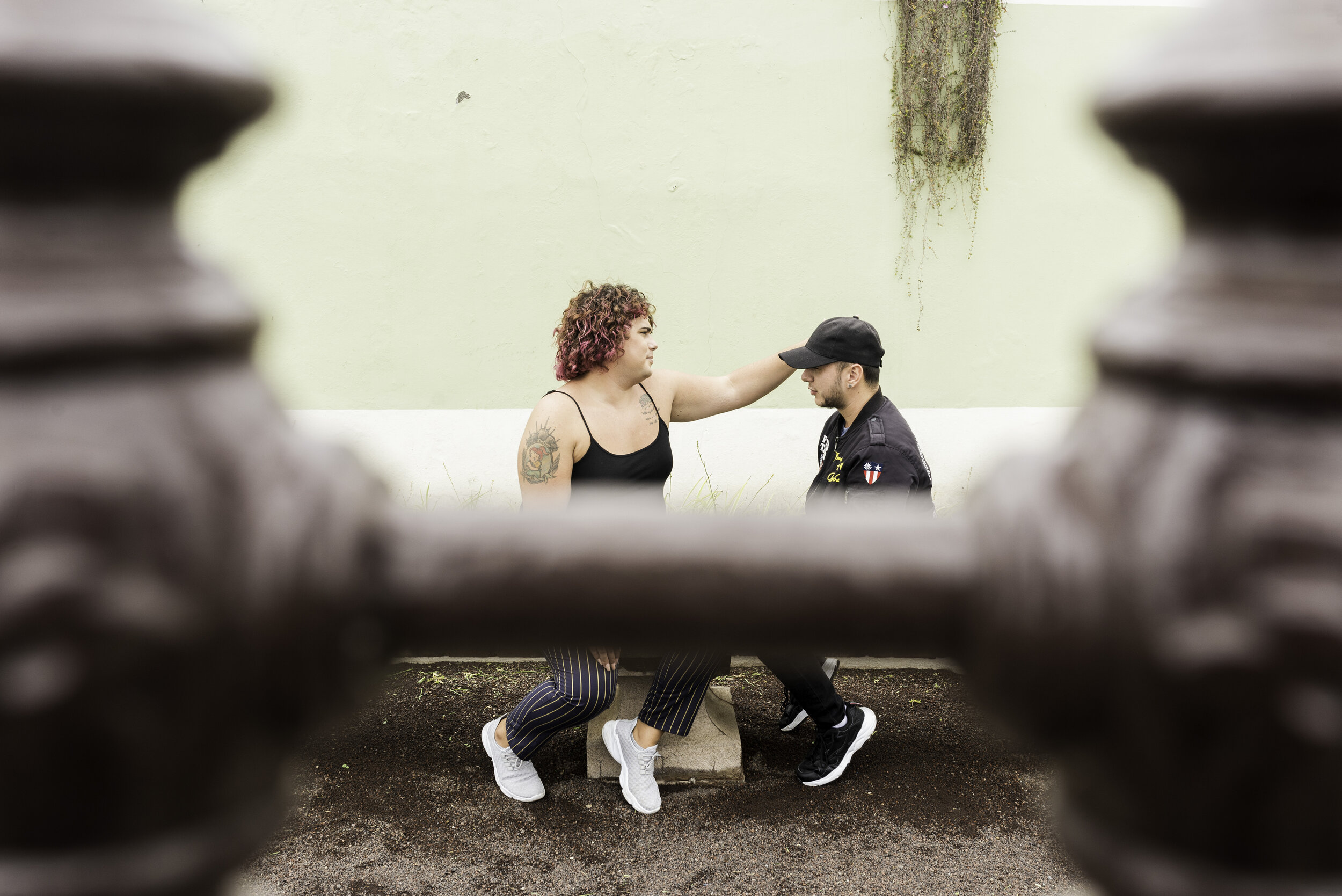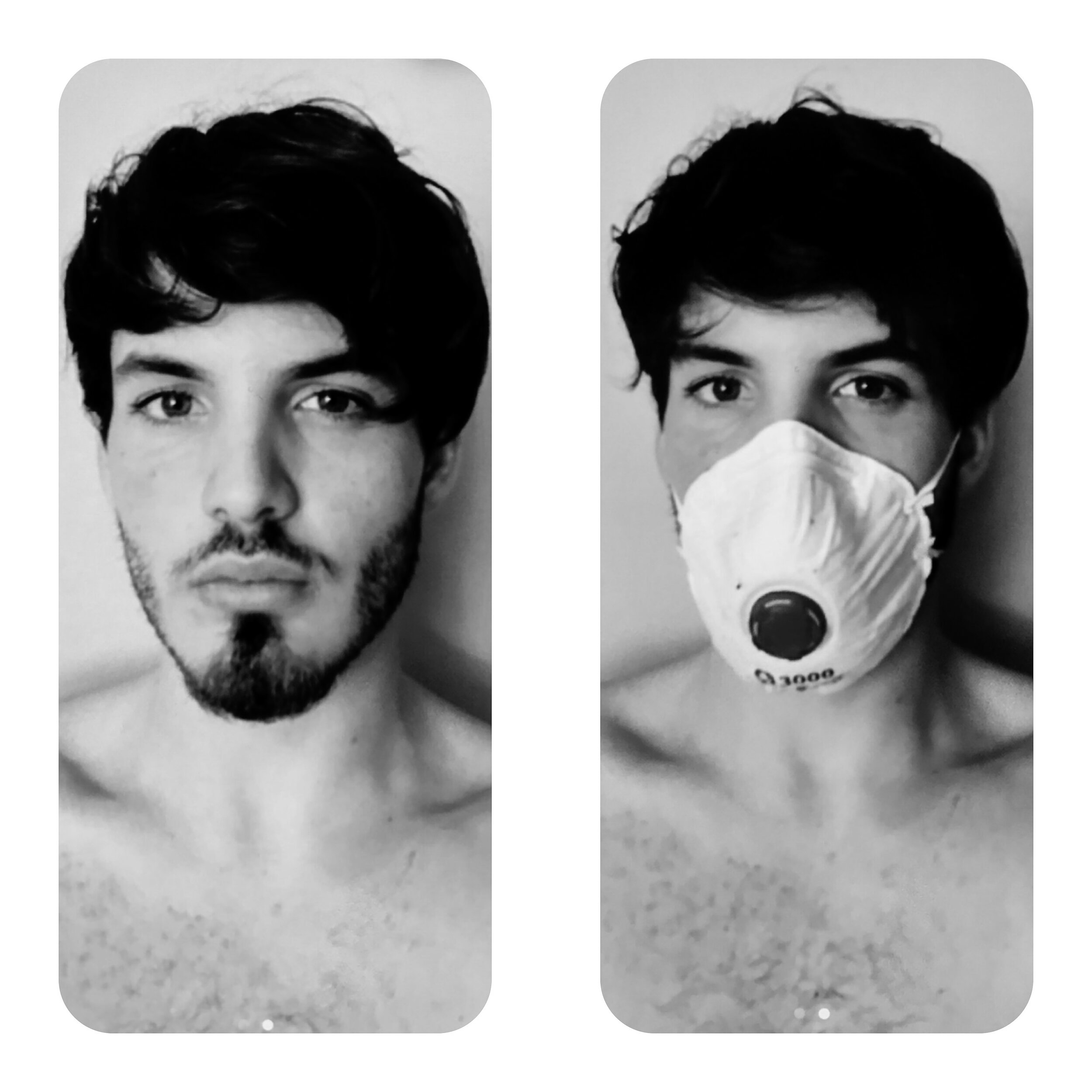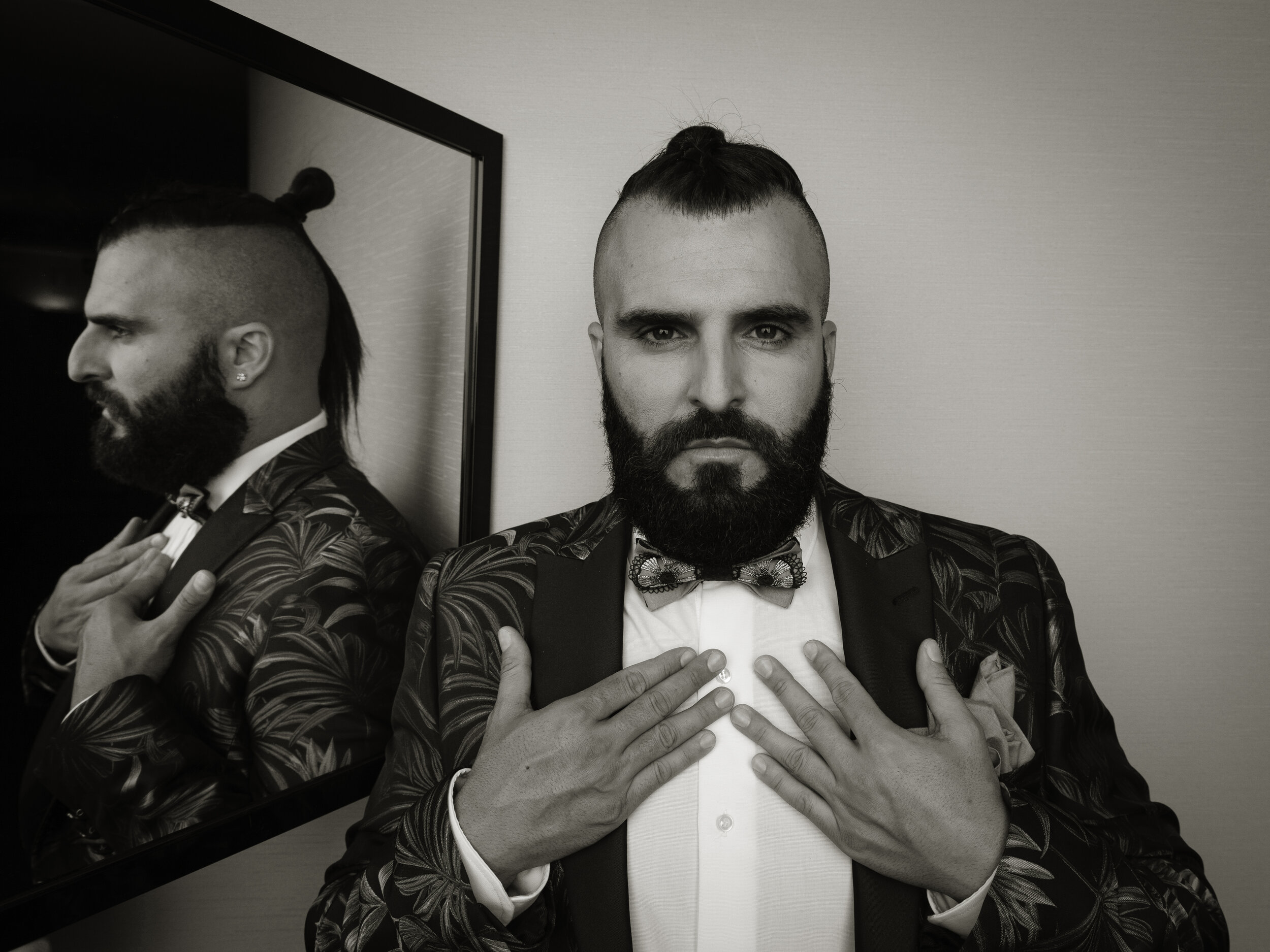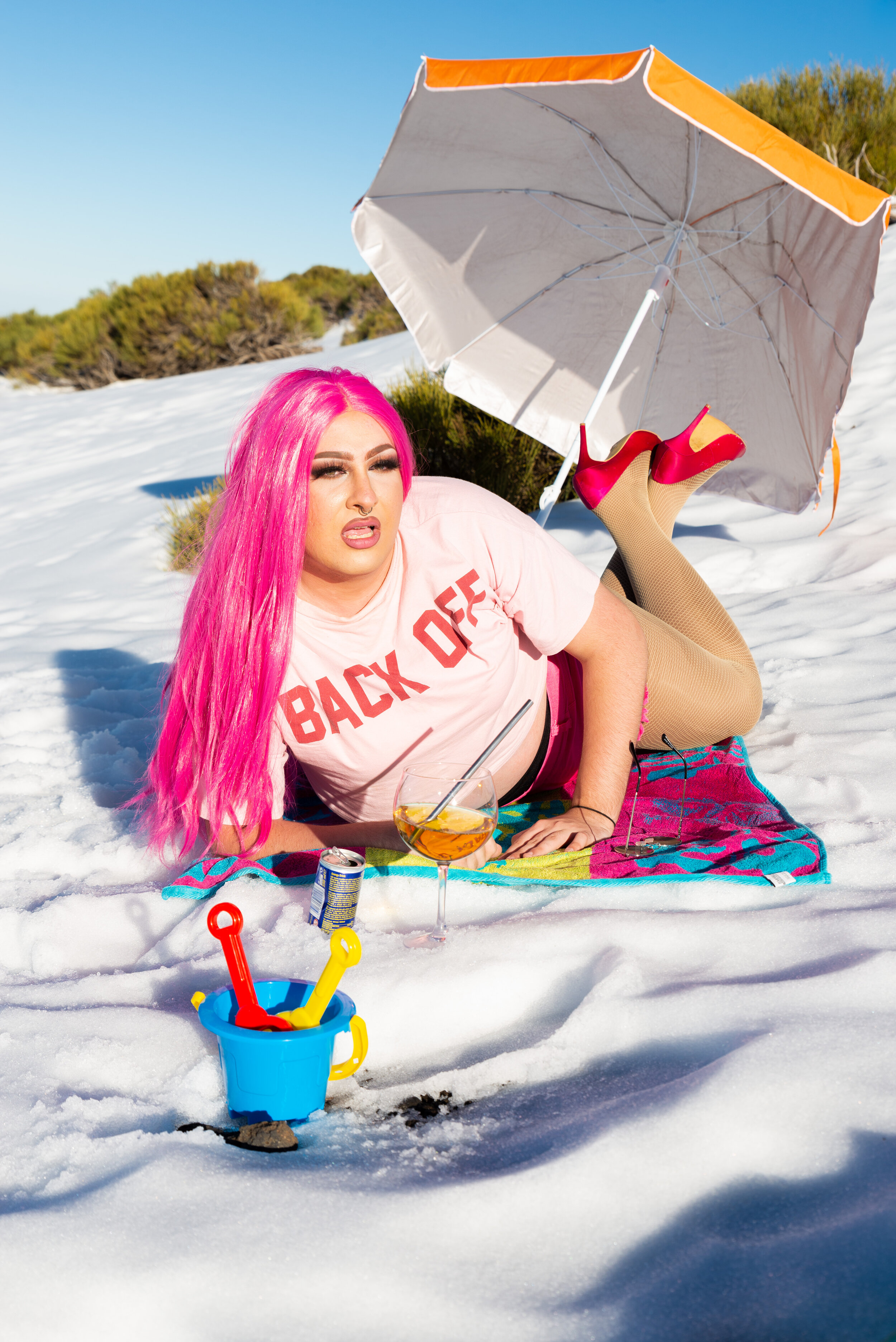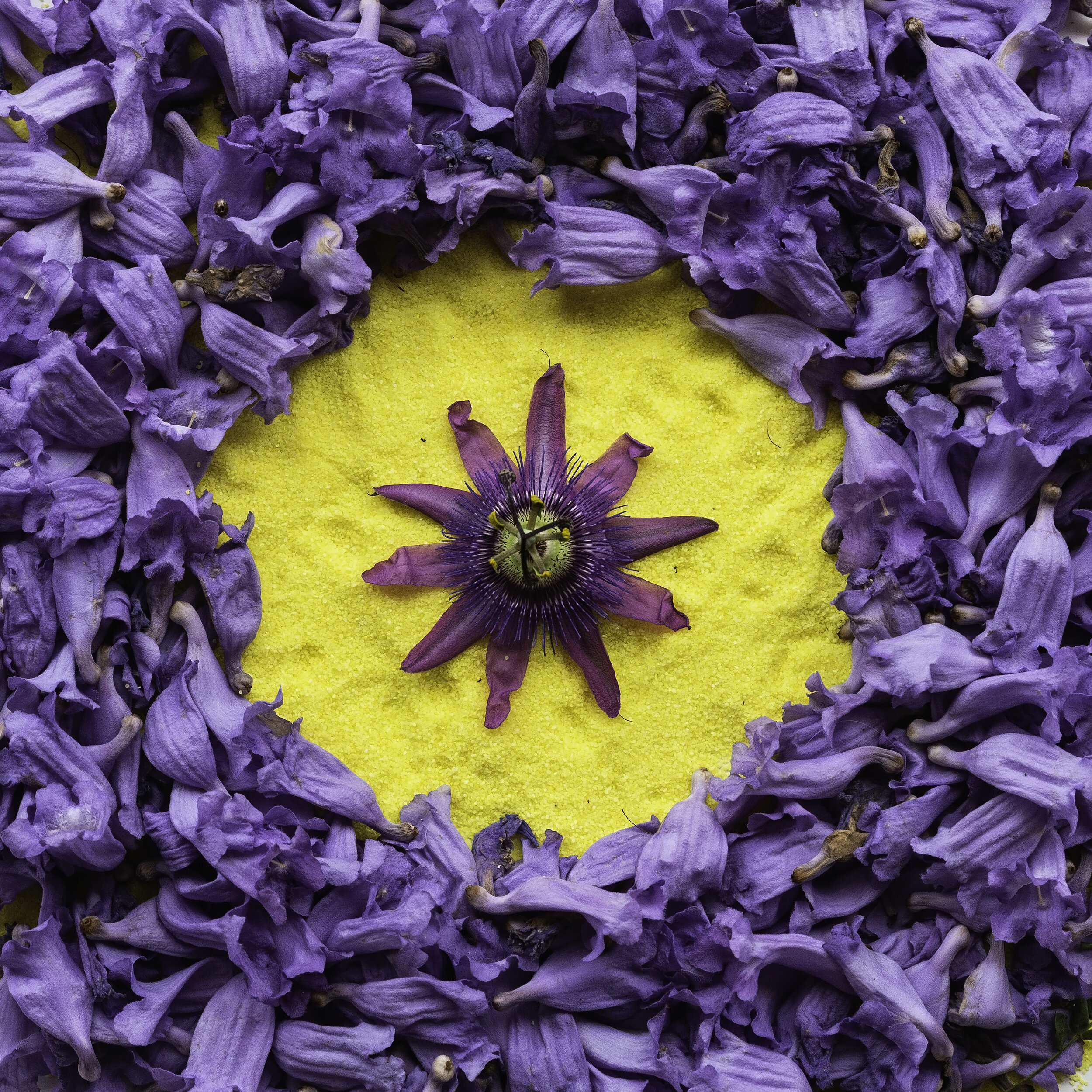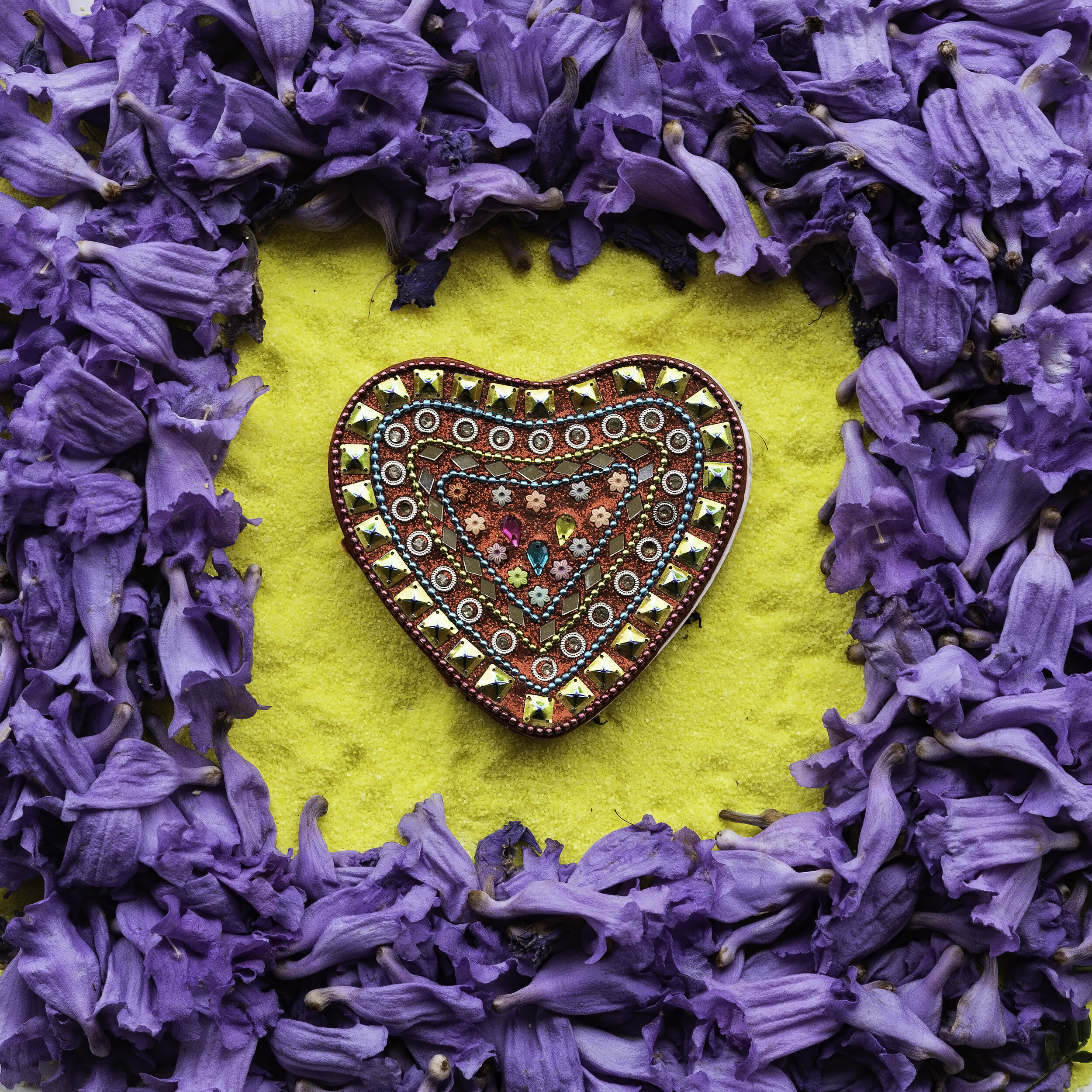Talking to: Seigar
For the latest interview in our Talking To: series, we are thrilled to introduce you to the saturated, curious, iconic world of photographer Seigar. Seigar is a passionate travel, street, social documentary, conceptual and pop photographer based in Tenerife. Secondary school teacher and philologist by day, Seigar’s passion for documenting his travels and love of pop culture led to him studying photography and cinema and television. His work, inspired by and reminiscent of photographer Martin Parr, has gained international recognition and is, deservedly, continuing to gain even more. Recently, he received the Rafael Ramos García International Photography Award.
His most ambitious projects so far are his Plastic People, a study on anthropology and sociology that focuses on the humanisation of the mannequins he finds in the shop windows all over the world, and his Tales of a City, an ongoing urban photo-narrative project taken in London. His latest interest is documenting identity and creating work that challenges discrimination and prejudice, showing the viewer the beauty within his subjects, beyond what is commonly accepted as ‘beautiful’ in society.
Tell us a bit more about yourself; firstly, how did you get into photography?
I grew up in La Palma, also called “La Isla Bonita '' like Madonna's song, in the Canary Islands, Spain. I studied my equivalents of GSCE and A-Levels there. Then, I got my English Philology Degree and the Master of Advanced Studies at La Laguna University, in Tenerife, becoming an expert in the methodology of teaching English as a foreign language.
I have worked as an English teacher at secondary schools in Spain since 2001. As soon as I got my first salary as a teacher, I started traveling, and this provoked the connection to photography to spark. I felt the need to record all my trips with a camera.
Once home, I used to show the photos to my friends and family, and they seemed to be impressed with them. However, they also missed the typical postcards and the stereotypical images of the places I was visiting; my photos weren’t what they were expecting. At the same time, there were repeated common details and objects in all my images, no matter the city I was in; there would be recurrent elements.
Travelling became my absolute passion and it has been for many years the main source for my production; I’m interested in showing my own visions of places, using my personal filter. Little by little, I realised the same themes were once and once again in my photos, and the vision was mine. These repetitions became my pop fetishism. My style was being formed almost unconsciously, just being intuitive and loyal to myself.
I started my journey into photography deeply in 2005; since then, I have trained myself in this art. I have also done a two-year advanced course in photography in Los Realejos, Tenerife, and a year in cinema and television at the same art centre. [Recently] I keep on loving street photography and I have also been documenting all sorts of events and social issues. I have been telling people's stories through my photo-series, contacting and interviewing them. I have also explored video formats; I feel comfortable with the video art form. Now I’m very interested in exploring the concept of identity through photography and video art
Beautiful Creatures series
Have you always been creative? Tell us about how you got into being creative growing up?
I have had a creative mind since I was a child, attracted to music, cinema, and art. I remember buying myself lots of magazines instead of children's stuff; I still love reading and collecting mags. At home, I would look through all the encyclopedias, always looking at the art entries to see the images; I am a visual person.
I was always a lover of music, music videos, and lists. All those audiovisual worlds formed me as a person and as an artist. I would never miss the countdowns on the radio every Saturday morning or the video ones in TV shows. I would spend time writing music lists, stories, drawing sketches of female fashion designs in my notebooks at school, and things like that.
I also loved learning languages and communication. I consider art as a way of communication, that is why I'm into clear and direct messages. I want to convey meaning and ideas with my works. All these bonds created what Seigar is today.
I was also into the big icons from the 80s during the 90s. I refer to Madonna, Michael Jackson, and Prince [in my work]; all their iconography has strongly influenced my personality. Their music, videos, films, concerts, their continuously transforming images and thoughts are the main and clearest art influences in my life as an adolescent.
Years later, I watched all the cinema classics I could, so films like Sunset Blvd., All About Eve, What Ever happened to Baby Jane?, Hush…Hush, Sweet Charlotte, or Suddenly, Last Summer became my top picks. I enjoy the works of Lars Von Trier, Tim Burton, Tarantino, and Michel Gondry. However, Alfred Hitchcock and Pedro Almódovar ended up being my all-time favorite directors. They define my concept of passion, love, romance, and life, from the light to the dark feelings. They have portrayed human nature the way I also feel it. I'd say Hitchcock is the master of the form and Almodóvar is the master of the content and feelings.
As a curious and imaginative person, I finally focused on photography and video as a result of my love for travelling and my curiosity towards human nature, and especially identity. The thing I like most about life is travelling; visual stimulus brings happiness to my life. Then, add to this my inner willingness to be a contemporary recorder or a visual journalist; I always try to testify to every single event I experience my way. All this curiosity made me the street and social-documentary visual artist I am today.
l-r Childhood, Toxic
What do you do in your everyday life?
I work at a secondary school, working with teenagers connects me with youth and keeps me updated with new trends. I love methodology so I really enjoy teaching; I think language and communication are essential for human relations, so I connect this with my visual creations.
I spend my free time creating, shooting street photography, and social events, and also social-documentary photo-narratives, and video art pieces. For me it's important to write statements connected to my series; I consider the words as important as the visual pieces. I also write for lots of magazines about pop culture. I love doing all these activities, it keeps me active and it makes me feel good and alive. I love hiking and going to the beach; living in Tenerife I can do both activities the whole year-round. Every time I can, I travel, of course.
l-r, Tales of a City VIII, Meeting Lupe Castro II
What work are you proudest of?
I'm really proud of the My Plastic People project because it gave me the chance to be featured in magazines, exhibitions, etc.; it sort of put me out there. The discourse of this project is still growing, and visually it keeps me excited every time I find a plastic person [mannequin] in a shop window. Yesterday, I was given some plastic people, they are on my terrace now, they are enjoying the fresh air, I can't wait to create with them!
These days, I'm also proud of my social-documentary work: Trans-Love, TranSItion, Guys with a Mask, Love is Love, Yearbook, Guilty and Beautiful Creatures (1 2 3 No Hashtags project). I'm quite happy that I can tell people's stories to the world through images and words. I'm thankful to all the people that I have met doing these works and that opened their hearts to me.
l-r, Yearbook, Trans Love II, Trans Love; the selection, Guys with a Mask, Guilty I
Tell us more about your latest photography project?
My last work was Beach in the Ice (featuring Candy Porcelain). It's a photo-narrative and a video art piece that explores the concepts of drag and identity. It focuses on communication and language as a way to be more inclusive. The work presents the drag queen Candy Porcelain in the Teide Mountains enjoying a day on the ice as if she were on the beach; she plays with the summer clichés in her chic outfit. The seasons’ twist reinforces the idea that drag is a form of art capable of transforming reality and turning it into fantasy. This work is part of my focus on identity.
You explore diversity and the conversations around this a lot in your work. Tell us why this is so important to you.
The underlying message I want to convey is that we need to stand up, appreciate and value differences, and get acceptance and love through empathy. Every human being is beautiful in their own way. I want to document identity issues to fight against discrimination and prejudices. I think hate comes from ignorance, so the more real stories we know, the less ignorant we will be, the less we will hate, and the more we will accept and love each other. It's part of the message of the revolution of love. I consider empathy the key to better our social relations.
What do you think still needs to be done to promote diversity, both in society and in art?
I think images must be joined to stories, words, and messages. They work stronger when they are together. Real stories are easier to relate to; I feel we need to hear more voices. I'm a beauty lover, I love beautiful creatures, I think every human being can be beautiful, we just need to listen to their testimonies and understand them. Like Michael Jackson sang: "before you judge me, try hard to love me".
Beach in the Ice
Who are you influenced by?
As a street photographer, I love Martin Parr’s work; I admire him deeply. I’d even say I share with him some subject matters. He is not afraid to be free; he is into colours, freedom, and breaking the rules; that is why I admire him so much. I’m also interested in the documentary feature of his sets. He is part of the history of photography for me, a contemporary classic.
I think I need to mention some figures that have been part of my life as pop icons, who maybe have not influenced directly into my photography, but who have been present throughout my life. In music, my icons are Madonna, Michael Jackson, and Prince. In cinema, I’m into Pedro Almodóvar, Alfred Hitchcock, Robert Aldrich, Lars von Trier, and Tarantino. In painting, I adore Frida Kahlo, Salvador Dalí, and Andy Warhol. All these people share very personal but radical views about what art is. They all created or create a unique universe that is glued into my brain and my heart. I’m sure if you scan me, you can find their visual imagery in my soul.
l-r Santiguada v2, Miss Yogy v2, Giselle Avalrado v2
Of course, I’m a pop fetishist. I’m another Warhol fan, I share his philosophy about making art accessible and integrated. In Spain, we had “La Movida” which was the response to past dictatorship and a symbol of freedom and artistic expression; it’s quite an inspiring movement for me. I’m in love with the pain and expression of Frida Kahlo, her paintings, and the way she wrote, almost like a child, always speaking from her heart. It’s always revealing to re-read her words and to look at her portraits. Salvador Dalí has always brought joy to my eyes; he was another pusher, an amazing artist. He definitely made his existence and person an expression of art. Some years ago, I visited his museums in Spain, and I even made a set called “The Figurative Language of Figueras, reinterpreting Dalí”, which was exhibited in the photography biennale called FotoNoviembre for the TEA Museum in Tenerife.
Who are your favourite current artists?
I constantly look for new music, films, series, and art. I obsessively keep on doing the lists of my favorite ones every year and complete these lists the whole year-round. I do lists on Filmaffinity, Rateyourmusic, and Spotify and I share them writing articles for different magazines. If we talk about music, I love what Rosalía is doing right now, her music and videos. I love her passion and The Weeknd gives me Michael Jackson's vibes.
In photography, I feel Lua Ribeira stands out; her sense of photography is fresh and original. I had the chance to write an article about her for The Cultural Magazine and it was fascinating to know about her work. I’m also into the controversial Greek photographer Kostis Fokas, and the new realists Panos + Mary. I really admire the works of two Canarian photographers: Fran Plasencia and David Rodríguez and I'm blessed to have them as friends. There is a TV series that [I really got into]; The OA. I couldn’t clearly tell you why, but I found it completely emotional and exciting.
Talking about cinema, the last film that I had a big impact on was the horror story “Are we not Cats?”; I think it’s one of the most romantic films ever made. My sense of romanticism is also close to the one [in] The End of the F***ing World TV series. And now that I'm so into video creation, I really enjoyed the documentary Shirkers. I feel I keep on searching for the same emotions in my references: passion and innovation. I like art that moves me and shows me something new or at least presents new combinations I haven’t seen before.
What is coming up next for you?
This Saturday, I'm meeting Mer and her boyfriend to do the third part of my series Trans-Love. I also have a drag show to cover soon and I'm writing a review about it for a mag. I'm missing these performances so much! I'm working with a duet: Díaz and Díaz next week, we are shooting some promo materials in Teide for their future singles and album. We are planning to work on a video too. I still have to shoot some collages on identity I did at Christmas, and I have already started a new collage series about food. [Recently I] also directed another video art piece called My Life in Numbers. I'm always active and creating.
All images © Seigar


